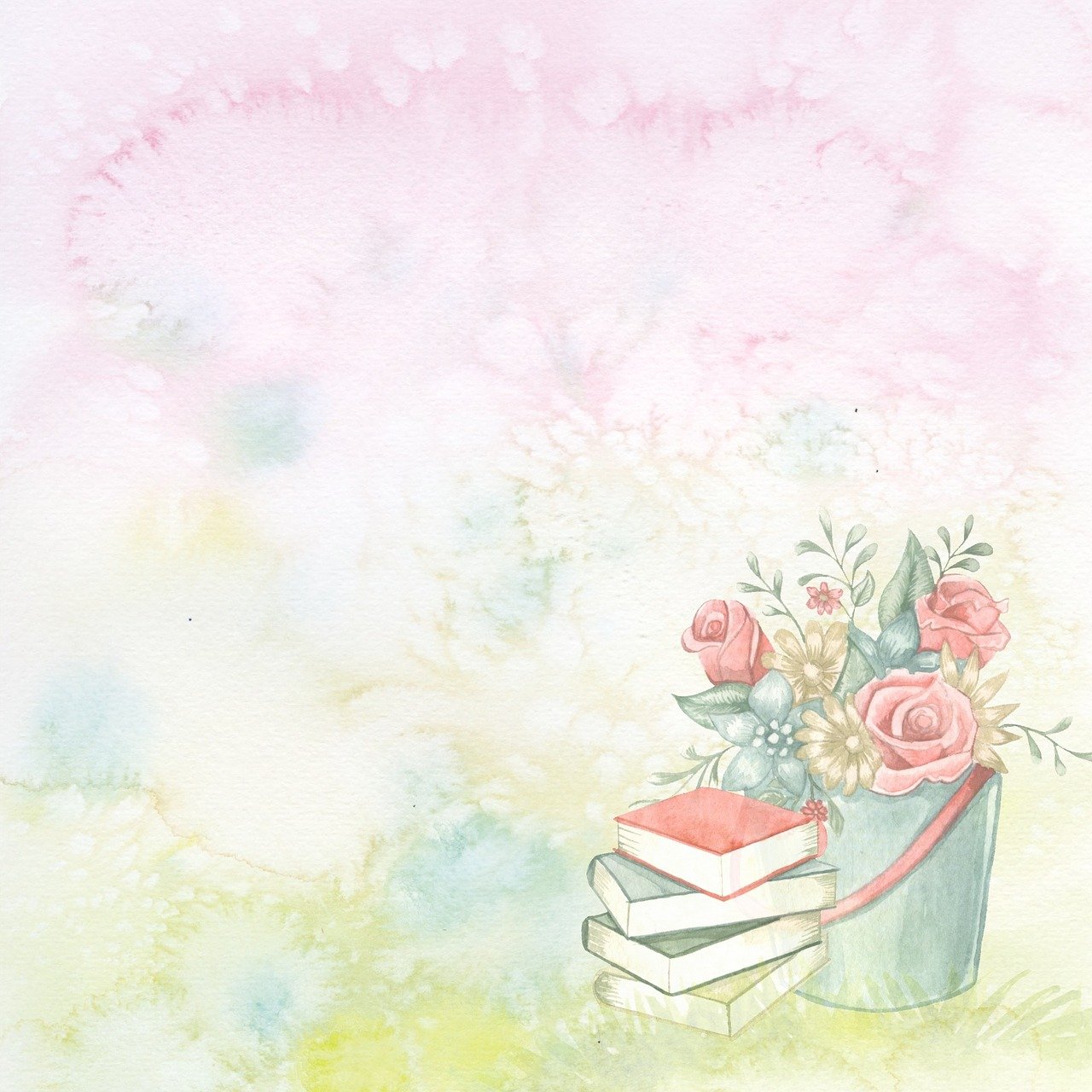
I’ve recently come to the conclusion that the more I plant, the more I grow, and the more I expand my garden the more disorganized I seem to be. Sometimes I remember the details about this flower or that, the germination time of a tomato, or the harvesting time for corn. More often than that I don’t.
I’ve looked at lots of gardening journals out there and although many of them have great content, none of them seemed to fit the bill for me. So now I buy blank garden journals and divide it into different sections, six of them to be exact.
- Calendar: My calendar isn’t the usual squares on a page. Instead, I allot 12 pages for 12 months and write notes for each such as when the tomatoes ripened, when I planted the corn, when the tulips finally showed themselves, the temperatures at the beginning of each month. In this way I can compare months to each other and see how the environment is affecting my crop.
- Reference Section: What did I plant, in what bed, and where did I get it? What brand of seed did I sow, and was it successful? Where did I buy starter plants, what price, and were they a good investment? Did I hire someone to build raised beds? Weed? Haul away brush? Who were they? Phone number? All good information to have.
- Tracking Progress: This is a great place to track the progress of all new plants, brands, seeds, etc that you’ve got either in a greenhouse or planting directly into the ground. Mine is full of sentences that say things like “These four tomatoes cost me approximately $120!” or “What the heck was I thinking planting 10 zucchini plants?” or “Feeding liquid seaweed and fish on a day when it’s 110 degrees outside is a bad idea…. it attracted every cat in the neighborhood!” Just sayin.
- What’s Going On In The Natural World: We’ve all heard of The Farmer’s Almanac, and we’ve all probably heard sayings like “If June is sunny, the harvest will come early.” or “Whatever July and August do not boil, September cannot fry!” Keep track of when the leaves turn and what your garden happens to be doing at the time. When was the first frost? What was the neighbors garden doing compared to yours? How deep was the snow when the bulbs began to push their way through? These are all important facts to compare from year to year.
- Finally, this is my section for lists. Lists of garden chores for each week. Lists of things to purchase, what seeds to sow when, what needs repair and what needs to be replaced. These are the lists that compliment the first section “Calendar.”
A garden journal can be a valuable source of information, a comparison tool, a source of memories, and a way to keep organized. Here are some terrific blank journals with lots of space for the sections you will need.
The Retired Gardener’s Gardening Notebook: Lined with a slightly wider rule and plenty of pages. Large size makes it a valuable resource!
Master Gardener Journal: half lined pages for notes, lists, and thoughts. Dot grid pages included for mapping the garden.
Green Thumb Gardening Notes: Vintage Pin-Up Girl Garden Journal: This journal has completely blank pages, 150 pages to illustrate, write and create your own unique garden record.
For more gardening ideas and tips visit retiredgardener.com
Leave a Reply